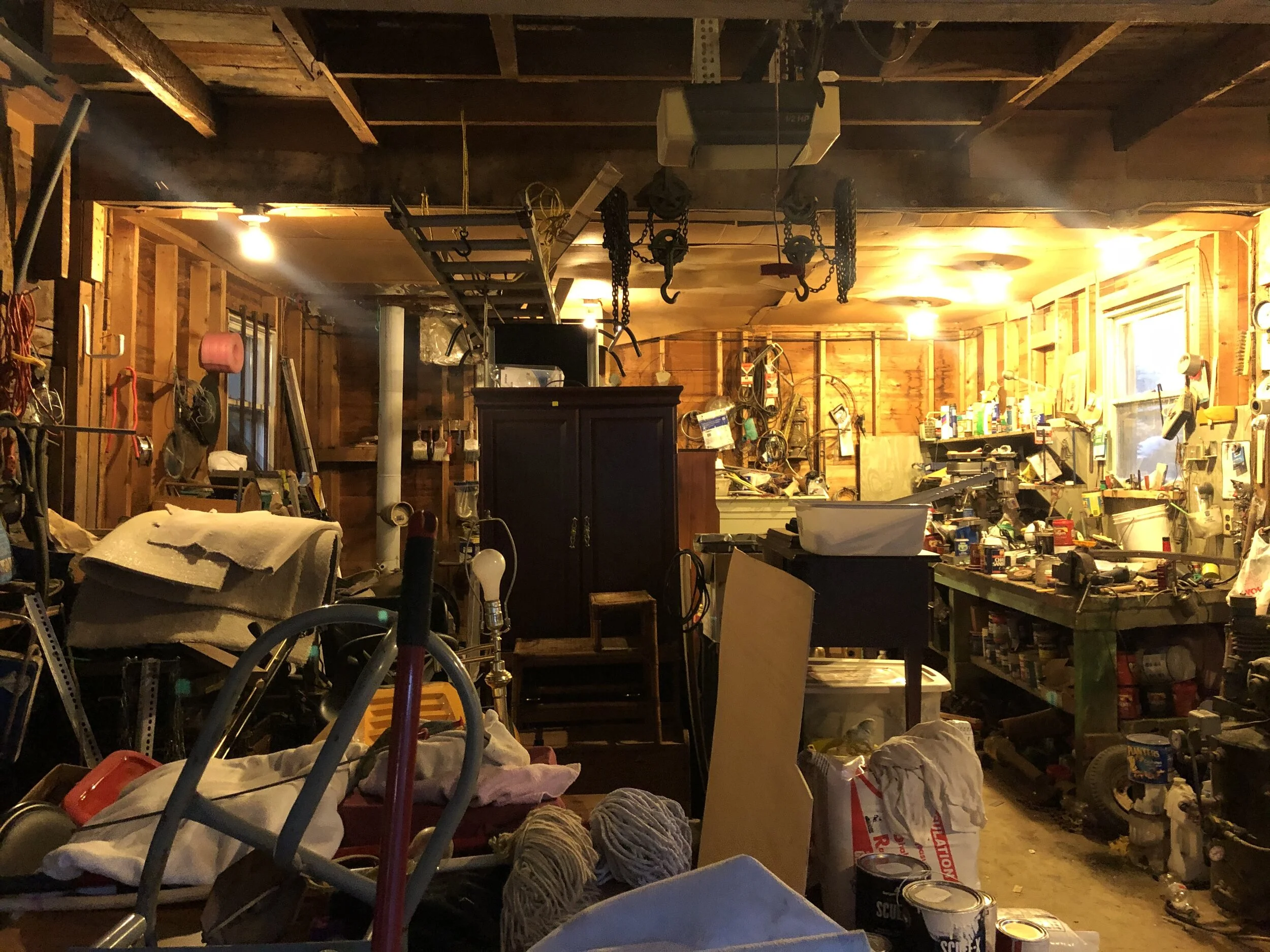Sorting the puzzle pieces
In good design, every part is necessary. (Image by Radoslaw Pietrzykowski)
I'm part of a group of volunteers working on the Carbon Almanac.
This is a complex project in which the very procedures we follow are changing frequently.
Under some circumstances, the continual changes would be a concern. In a large corporation, it might indicate instability or signal that the people in charge aren't sure what they're doing.
However, in this instance, the changes are inevitable and welcome. The team is trying to do something new, so they're picking up new information each day on what is best. The the changes represent growth and evolution, not a lack of direction and leadership. With every change, the project develops.
This is a normal part of the culture of a start-up or a small business. People who require a high degree of certainty will have a harder time accepting the frequent changes, whereas those who enjoy problem-solving and figuring things out will adapt quickly.
Some small organizations have a chaotic feel to them. A small organization, too busy doing its work for its clients or community to perfect its own structure and procedures, is the classic example of the "build the plane as you fly" metaphor. The chaos doesn't mean something is wrong. It is an indicator of the stage that the organization is in and a map of where resources have hitherto been spent.
In order to tame the chaos and move to a maturity that will support growth, we will have to make changes. These changes will be uncomfortable and disruptive and will increase uncertainty before they reduce it. That's all part of the game.
Think of it like a jigsaw puzzle. When it's in the box, it's contained and compact, but you absolutely cannot complete the puzzle when it's in the box. Even if you don't dump all of the pieces out of the box, you have to at least take the pieces out one by one and place them right side up on a flat surface. But wherever you put that piece is not going to be its final destination. You don't yet know where its final destination will be.
Once all the pieces are out of the box and right side up, you will be able to construct the border. Then, you'll group pieces by color and pattern and work within a section, gradually reducing the number of variables and you're working with.
Similarly, as we figure out the scope of a problem (or puzzle) in real life, we might not have enough information to implement the perfect solution on the first try. Instead, we have an idea, we test it out, and then we get more information that leads to another idea. It's an iterative process that moves us closer to something like a finished product, but it doesn't guarantee a smooth journey for everyone involved.
It would be wonderful if we had a strategic plan for everything before we begin it, but that's not always how life works. Sometimes, we don't have a map to get where we want to go. We move forward by experimentation. This is not a direct route. Trial and error requires error. Not every puzzle piece we pick up is going to fit where we want to put it. If we're expecting a bit of that unpredictability, it's less painful.
In leading a project, we can seek to make sure that everyone understands the degree of certainty that will be possible. If the entire team is ready for a bumpy ride and some shifts in direction along the way, it will be less anxiety-inducing.
And when we're on board with someone else's project, we can roll with the day-to-day changes and keep doing our part within that shifting structure. We may decide that we don't like it and don't want to continue. We may want out because we don't trust those in power. Or we may choose to stay, despite the messiness. When we do, we may find that we can contribute our insight and leadership to make things better.
Some of us make the decisions that will affect other people. Some of us help sort out someone else's puzzle pieces and support them in building stronger systems and processes. Some of us do the specific work we've been asked to do. All of these roles are useful and necessary and require different strengths. Where do you fit into the puzzle?





